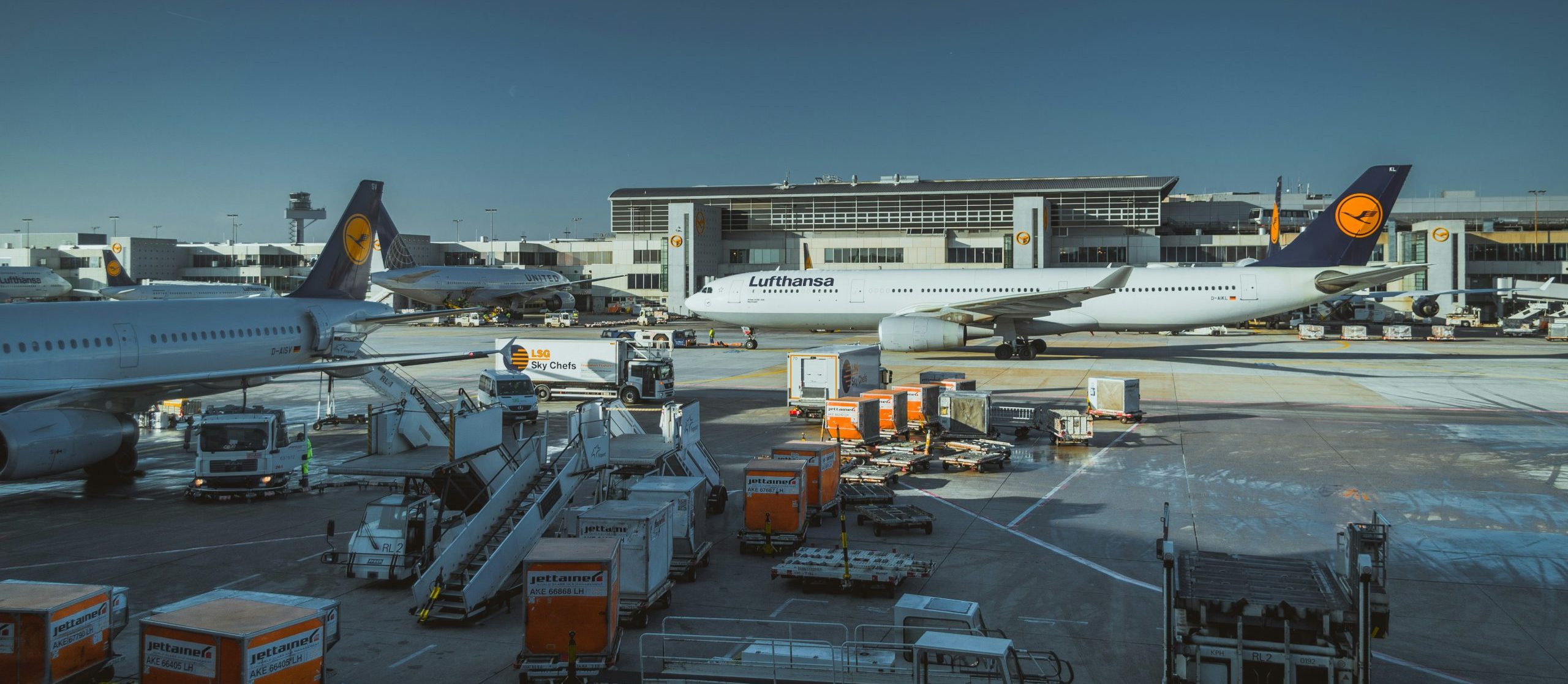Introduction: In the vast expanse of the sky, where aircraft navigate with precision and grace, the structural integrity of every plane is paramount. Aircraft structural inspections serve as the guardians of flight safety, meticulously examining the framework, components, and materials to ensure they meet stringent standards. In this article, we delve into the indispensable role of aircraft structural inspections, exploring their significance, methods, and the vital contribution they make to aviation safety.
The Significance of Aircraft Structural Inspections: Aircraft structural inspections are of paramount importance in maintaining the safety and airworthiness of aircraft. These inspections serve several crucial purposes:
- Safety Assurance: The primary objective of structural inspections is to ensure the structural integrity of the aircraft, mitigating the risk of structural failures that could lead to catastrophic accidents.
- Regulatory Compliance: Aviation regulatory authorities impose stringent requirements for aircraft structural inspections to ensure compliance with airworthiness standards and operational guidelines. Inspections play a crucial role in verifying that aircraft meet regulatory requirements and are maintained in accordance with approved maintenance programs.
- Early Detection of Defects: Structural inspections enable the early detection and rectification of defects, damage, or wear that could compromise the integrity of aircraft structures. By identifying potential issues before they escalate, inspections help prevent in-flight emergencies and mechanical failures.
- Maintenance Planning: Structural inspections provide valuable data and insights into the condition of aircraft structures, enabling operators to plan and schedule maintenance activities effectively. By identifying maintenance needs early, inspections help prevent unexpected failures and minimize downtime for maintenance activities.
Types of Aircraft Structural Inspections: Aircraft structural inspections encompass a range of inspection types, each tailored to address specific aspects of aircraft structures and components. The main types of structural inspections include:
- Visual Inspections: Visual inspections involve visually examining aircraft structures and components for signs of damage, corrosion, or fatigue. Inspectors use specialized tools, equipment, and inspection aids to access and inspect critical areas of the aircraft thoroughly.
- Non-destructive Testing (NDT): Non-destructive testing techniques, such as ultrasonic testing, eddy current testing, magnetic particle testing, and dye penetrant testing, are used to detect hidden defects, cracks, or abnormalities in aircraft materials and structures without causing damage.
- Structural Health Monitoring (SHM): Structural health monitoring systems utilize sensors, data acquisition systems, and predictive analytics to continuously monitor the structural condition of aircraft in real-time. These systems provide early warning of potential structural issues and enable proactive maintenance actions.
- Fatigue Inspections: Fatigue inspections focus on assessing the fatigue life and durability of aircraft structures, particularly in areas prone to cyclic loading or stress. These inspections involve detailed examinations of structural components to identify signs of fatigue cracking, deformation, or degradation.
Procedures and Methods of Aircraft Structural Inspections: Aircraft structural inspections follow established procedures and methods to ensure thoroughness, accuracy, and consistency in the inspection process. Key steps in the inspection process include:
- Visual Inspection: Visual inspections involve visually examining aircraft structures and components for signs of damage, corrosion, or fatigue. Inspectors use specialized tools, equipment, and inspection aids to access and inspect critical areas of the aircraft thoroughly.
- Non-destructive Testing (NDT): Non-destructive testing techniques, such as ultrasonic testing, eddy current testing, magnetic particle testing, and dye penetrant testing, are used to detect hidden defects, cracks, or abnormalities in aircraft materials and structures without causing damage.
- Structural Health Monitoring (SHM): Structural health monitoring systems utilize sensors, data acquisition systems, and predictive analytics to continuously monitor the structural condition of aircraft in real-time. These systems provide early warning of potential structural issues and enable proactive maintenance actions.
- Fatigue Inspections: Fatigue inspections focus on assessing the fatigue life and durability of aircraft structures, particularly in areas prone to cyclic loading or stress. These inspections involve detailed examinations of structural components to identify signs of fatigue cracking, deformation, or degradation.
The Role of Technology in Aircraft Structural Inspections: Advancements in technology have revolutionized the field of aircraft structural inspections, enabling more efficient, accurate, and data-driven inspection processes. Some key technologies used in aircraft structural inspections include:
- Digital Inspection Platforms: Digital inspection platforms and software applications streamline the inspection process by digitizing inspection checklists, recording inspection data electronically, and facilitating real-time collaboration among inspectors and maintenance personnel.
- Remote Monitoring Systems: Remote monitoring systems utilize sensors, data acquisition systems, and wireless communication technologies to monitor aircraft structures and components continuously. These systems provide real-time data insights into structural health, performance, and operational status, enabling proactive maintenance and predictive analytics.
- Advanced Imaging Technologies: Advanced imaging technologies, such as digital radiography, thermography, and 3D scanning, provide detailed insights into the condition of aircraft structures and components. These technologies enable inspectors to detect defects, cracks, or corrosion that may not be visible to the naked eye.
- Predictive Maintenance Systems: Predictive maintenance systems leverage data analytics, machine learning, and predictive modeling techniques to forecast structural failures and maintenance needs based on historical data, operational parameters, and performance trends. These systems help optimize maintenance planning, resource allocation, and decision-making.
Conclusion: In conclusion, aircraft structural inspections are indispensable for ensuring the safety, airworthiness, and reliability of aircraft. By systematically evaluating aircraft structures and components, inspections help identify and rectify potential structural issues, defects, or abnormalities that could compromise flight safety. As aviation technology continues to evolve, inspections will leverage advanced technologies and methodologies to enhance inspection efficiency, accuracy, and effectiveness. With a commitment to rigorous inspection practices and adherence to regulatory standards, aviation stakeholders can uphold the highest levels of safety and structural integrity in the skies.

